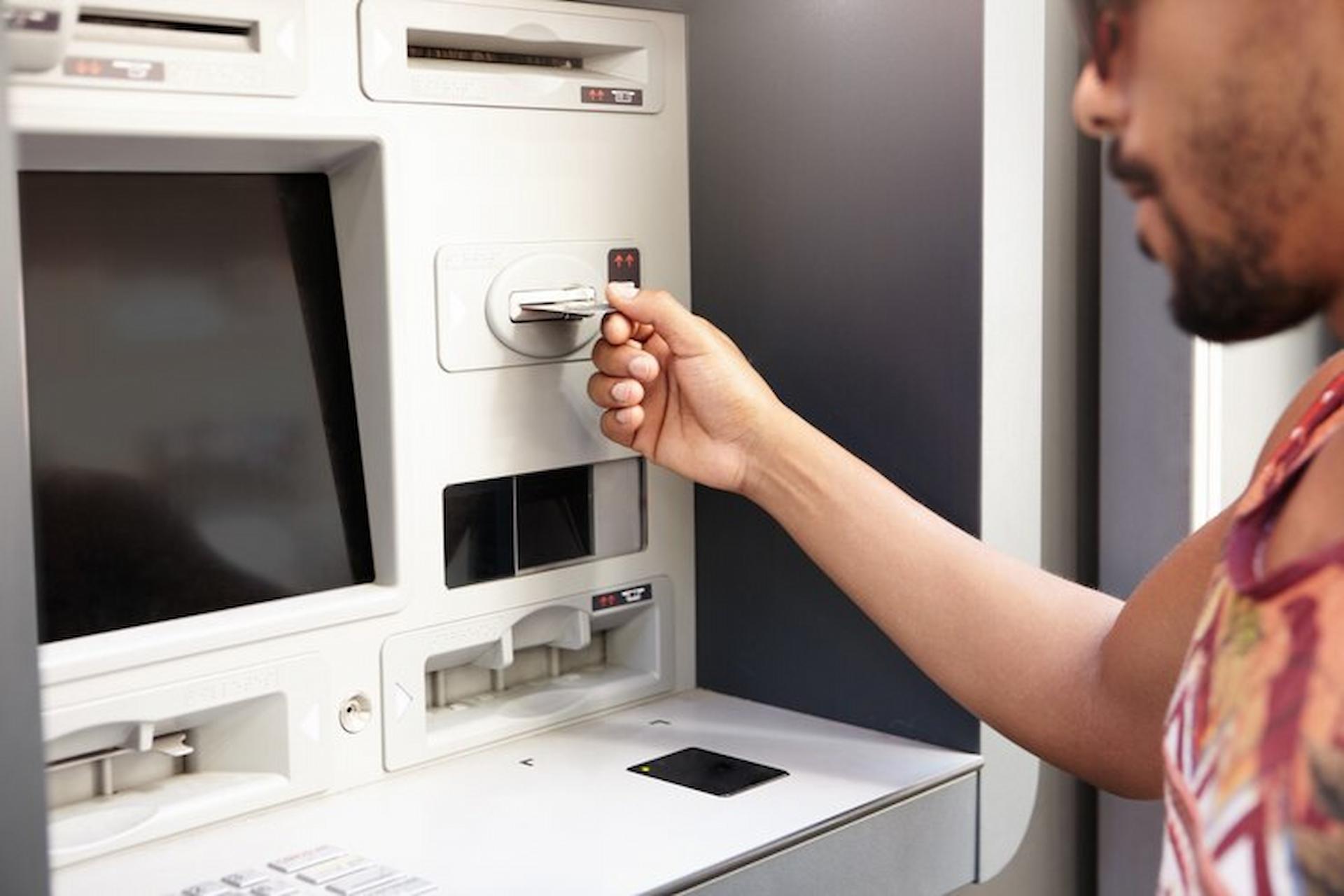When contemplating entering the world of ATMs, deciding between buying your machine or participating in an ATM placement program is critical. Both avenues offer unique advantages and challenges, catering to diverse business goals. Understanding the nuances of owning an ATM versus engaging in a placement program is essential for making an informed choice that aligns with your aspirations and resources.
Buying an ATM
Owning an ATM outright means investing in a machine that becomes a part of your business assets. The initial cost can be a significant factor but grants you complete control over operations, branding, and surcharge profits. With ownership comes responsibility—maintenance, cash loading, and compliance with regulations fall on your shoulders. However, the long-term potential for returns is higher, and you have the autonomy to choose high-traffic locations for placement.
ATM Placement Programs
Participating in an ATM placement program involves partnering with a company that owns the machines. You offer space on your premises for the ATM, often without any upfront costs. In return, you receive a percentage of the surcharge revenue. This arrangement reduces your financial burden and operational responsibilities, making it an attractive option for businesses with limited resources or space constraints.
Cost Analysis and Return on Investment (ROI)
Comparing the financial aspects of buying an ATM versus joining a placement program is crucial. Buying an ATM demands a substantial upfront investment, potentially yielding higher profits in the long run. On the contrary, placement programs offer a lower barrier to entry but may result in lower overall returns due to revenue sharing. Consider your financial capabilities, expected foot traffic, and desired ROI when making this decision.
Control and Flexibility
Owning an ATM provides unparalleled control over branding, surcharge rates, and maintenance schedules. This autonomy enables you to tailor the machine’s operations to suit your business strategy. Conversely, placement programs restrict some control, as decisions regarding branding, placement locations, and operational aspects lie with the owning company. Evaluate how much control you wish to exert over the ATM operations and choose accordingly.
Conclusion
Deciding between owning an ATM and participating in a placement program involves a trade-off between financial commitment, control, and potential returns. Buying an ATM offers autonomy and higher profit potential but requires a substantial initial investment and ongoing responsibilities. In contrast, ATM placement programs offer lower entry barriers and reduced responsibilities but might yield lower profits and control. Assessing your business goals, financial capabilities, and desired level of involvement in ATM operations is crucial in determining which option aligns best with your objectives.
Ultimately, whether you opt to buy an ATM or join a placement program, both avenues present opportunities to generate additional revenue streams for your business. Understanding the intricacies and weighing the pros and cons will empower you to make an informed decision that best suits your business model and aspirations.




Choosing between owning an ATM and opting for an ATM placement program hinges on various factors. Owning an ATM grants control and potentially higher profits but requires initial investment and maintenance. On the other hand, ATM placement programs offer convenience and reduced responsibility. Assessing your financial capacity and involvement preference will guide you toward the optimal investment choice. Thanks for the great description of ATM. Helpful stuff!!